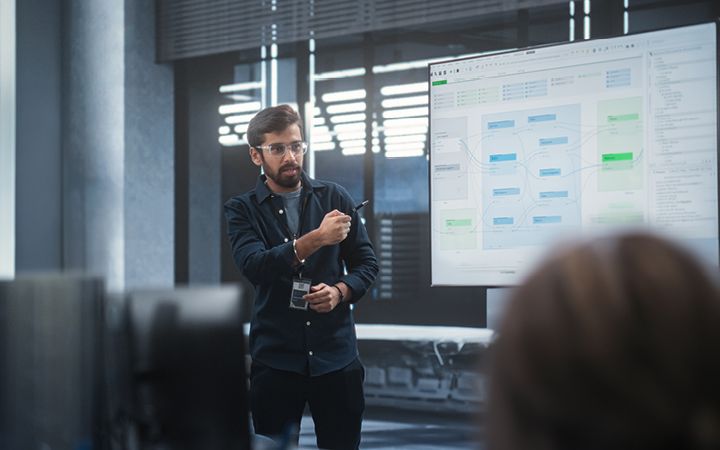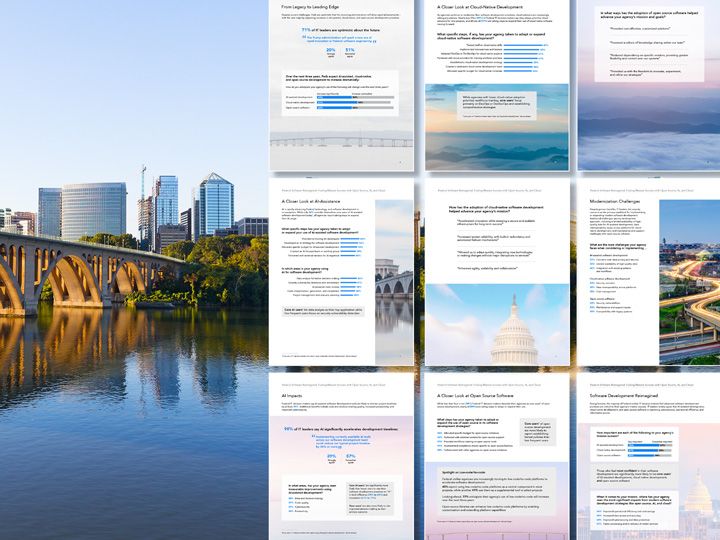Security and resilience
Anticipate, withstand, and recover from cyber and infrastructure risks.

Your mission, secured.
Resilience is key to protecting America’s security, economy, and way of life. We help government and industry strengthen defenses against cyber, physical, and emerging threats.
Keep your mission moving forward. Safeguard critical assets, fortify infrastructure, and build a security-first culture that considers cyber and physical convergence.
Building more resilient missions
Services
- Exercise and training
- Preparedness and planning
- Insider threat and threat hunting
- Infrastructure resilience, security plans, and programs
- Risk mitigation strategies
- Cyber threat intelligence
- Analytics, visualization, and data fidelity
- Network operations
- Accreditation and authorization
- IT modernization
- Artificial intelligence and machine learning
- Compliance automation (GroupAssure)
- DevSecOps
- Information sharing and partnerships
- Incident detection and response
- Security policy and governance
- Vulnerability scanning
- Risk analysis and management
Our work
Featured experts
Related industries, solutions, and services

Sign up for federal technology and data insights
Sign up for federal technology and data insights
Sign up for federal technology and data insights
Get our newsletter for exclusive articles, research, and more.
Get our newsletter for exclusive articles, research, and more.
Get our newsletter for exclusive articles, research, and more.
Subscribe now






